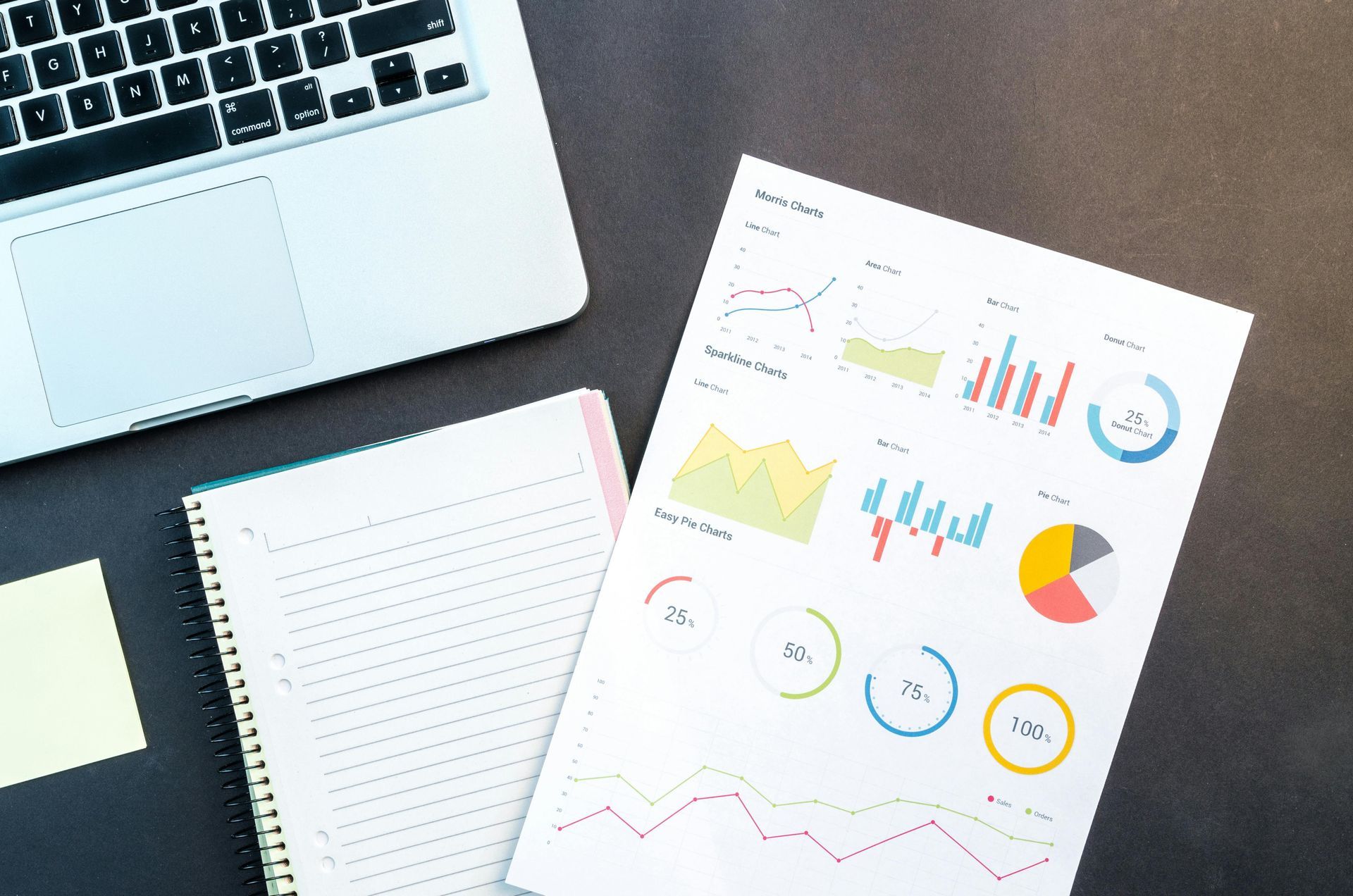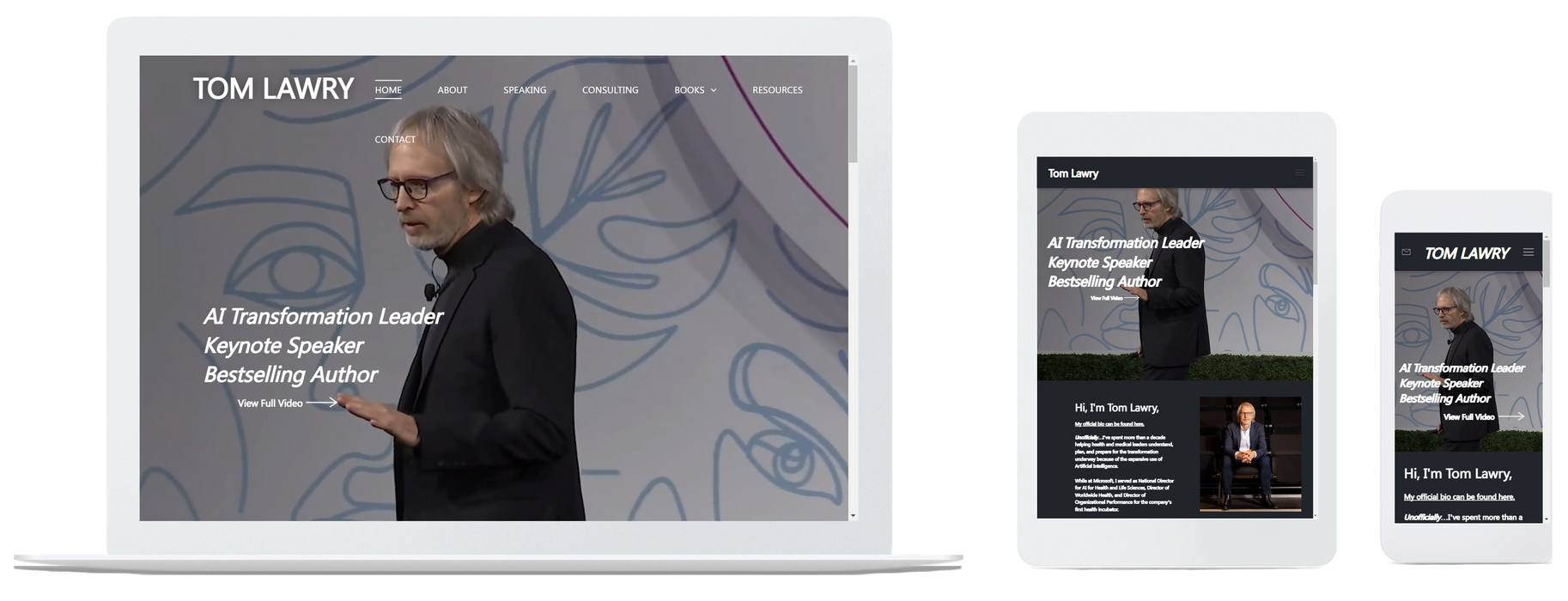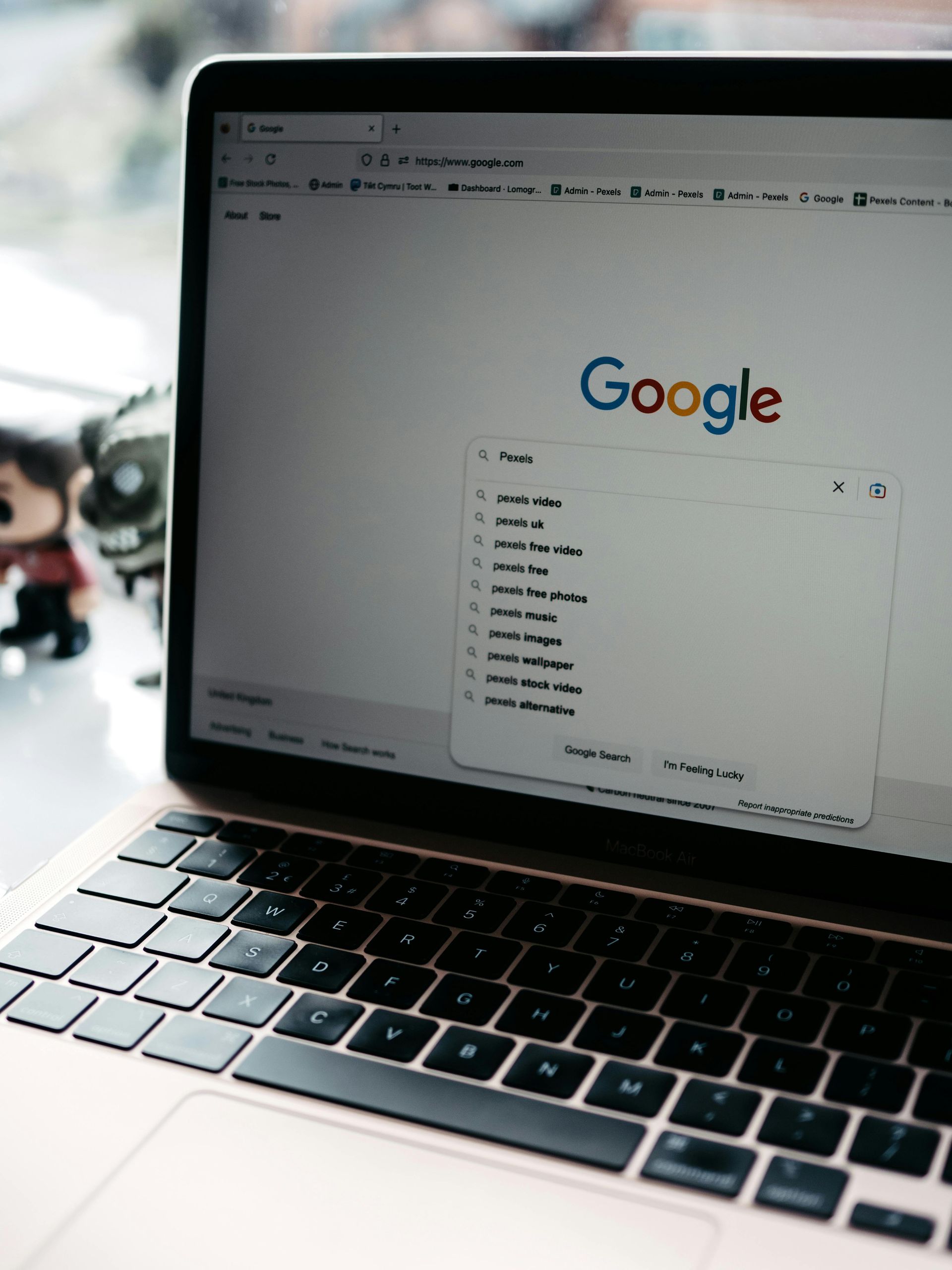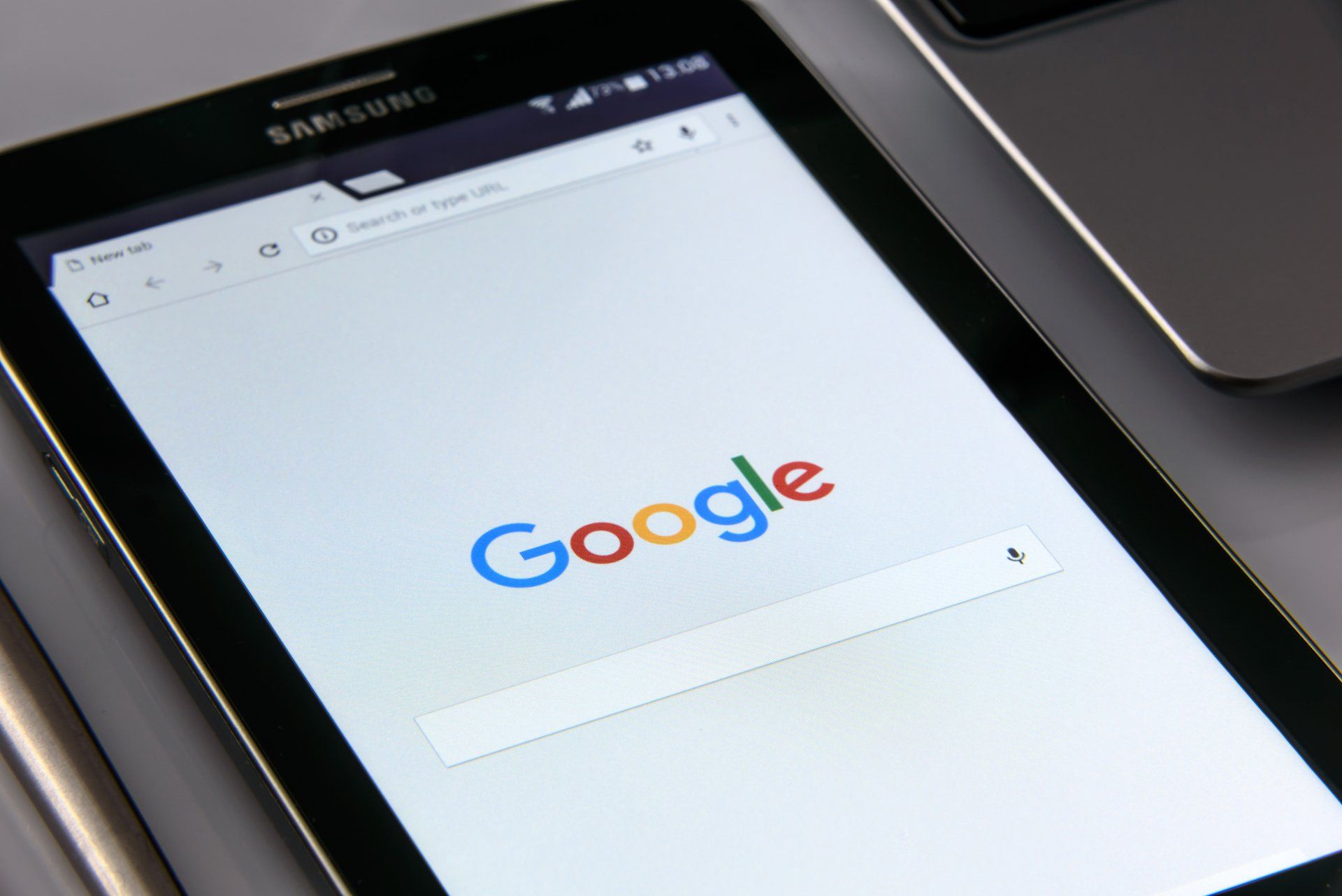A Step by Step Guide to the Web Design Process
From the outside, the web design process can seem overly complicated.

Well-crafted websites go beyond mere visual appeal. They enchant visitors and effectively communicate the essence of the product, company, and brand through a variety of cues, including visuals, text, and interactions. This requires that every aspect of your site contributes to a specific objective.
So, how can you achieve this seamless integration of elements? By implementing a thorough web design process that takes into account both form and function. While this may seem like a daunting task, I have distilled the process into a simple, manageable series of activities I've found successful over the past 14 years.
I have outlined the process in these steps:
- Goal Identification: Working with the client to determine the objectives that the new website needs to achieve, in other words, its purpose.
- Scope Definition: Once we have established the website's goals, we can define the scope of the project, including the necessary web pages and features required to achieve the objectives, as well as the timeline for their development.
- Sitemap and Wireframe Creation: With the scope clearly defined, we can begin developing the sitemap
and wireframes, outlining how the content and features identified in the scope definition will interact.
- Content Development: Once we have a thorough understanding of the website, we can start crafting tailored content for each page, making sure to incorporate search engine optimization (SEO) best practices to uphold the emphasis on specific subjects. It's crucial to have substantial content prepared for this next stage. Some clients may prefer to write their own content, but regardless, I guarantee that the content is optimized for maximum engagement and strong search engine ranking.
- Visual Design: Following the establishment of the site's structure and initial content, we can now concentrate on developing the visual brand. Depending on the client, this may already be well-defined, or we may be tasked with defining the visual style from scratch. I can use Client provided images,stock photos, or a combination of both.
- Testing: At this point, your pages are set and their display to the site visitor is defined. It's crucial to ensure that everything functions properly. This involves a combination of manual browsing on various devices and using automated site crawlers to detect issues ranging from user experience to broken links.
- Site Launch: Once everything is running smoothly, it's time to plan and execute your site launch. This includes determining the launch timing and communication strategies - essentially, when and how you will announce the launch. After that, it's time to celebrate!







